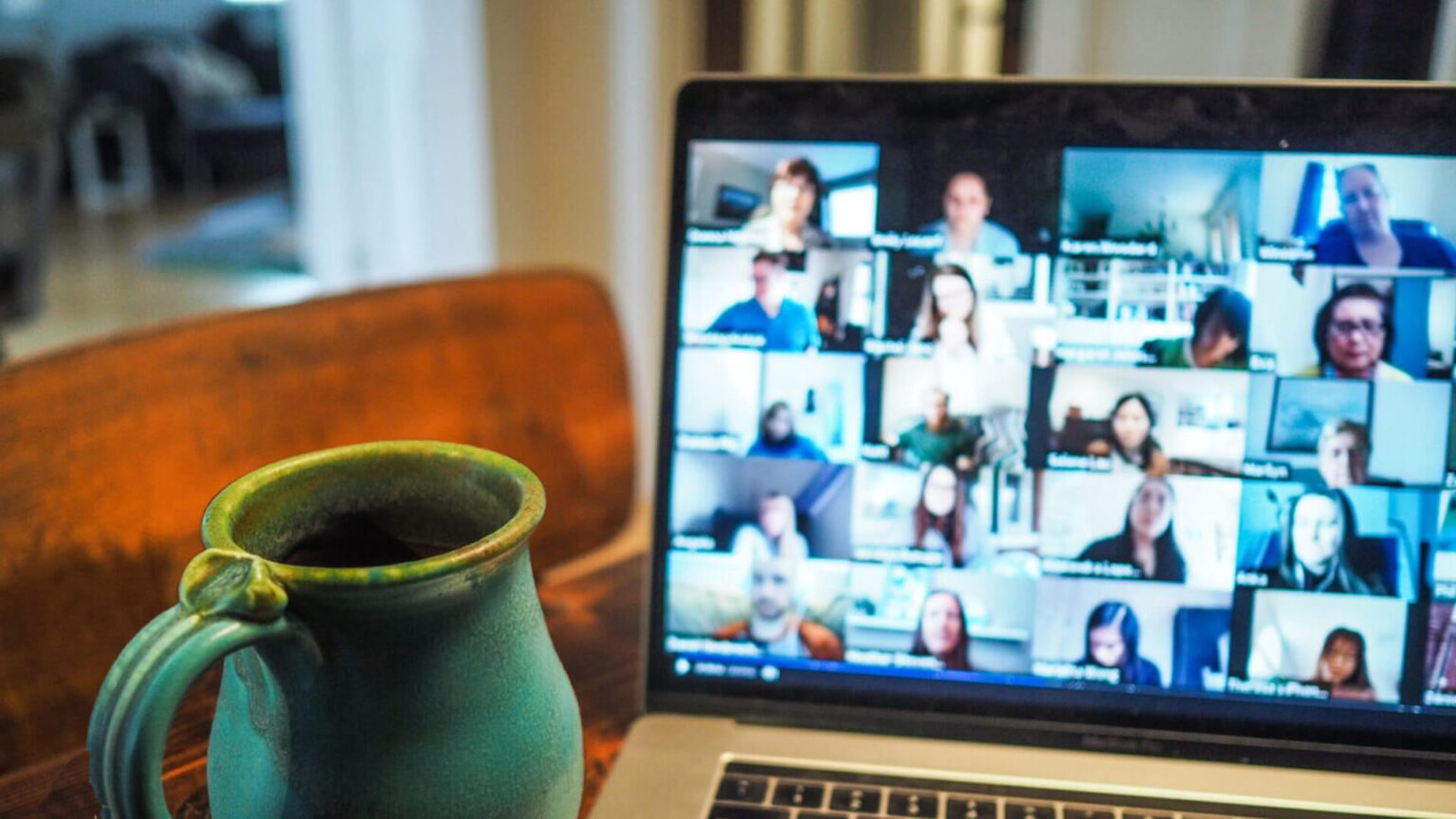Chris and I are so excited to be able to advocate for and provide resources to other new members of the digital infrastructure industry as the new(ish) chairs of the iMason’s Millennials and GenZ Community!
For our first blog post, we want to discuss remote work, as it’s becoming increasingly common and is a totally different experience than beginning your career in a traditional office. It comes with many benefits, such as unparalleled flexibility but requires a lot of self-motivation and discipline.
Chris and I found our first jobs out of school at Northshore, a remote company doing sustainability performance technology optimization. Due to the Covid-19 Pandemic, we’d already had two years of learning and working online, but even so, a year into our remote jobs, we’re continuing to perfect our work-from-home skills. The following compiles the advice and tips we’ve collected from our experiences and those of our coworkers thus far.
Have a Schedule
A common tip from some of my most productive remote coworkers is establishing set work hours. Create a structure for your day that includes breaks and a set start and end time. During your breaks and when you are off work, make sure you rest and don’t check your email or teams—self-care by keeping your boundaries between personal life and work. To help maintain a schedule, one can use a task list and other time management tools (like Rescue time or a traditional planner). It’ll be essential to lay out a realistic plan of what you need to accomplish weekly and set daily goals to get there.
Dress for Success
I will always reject doing this on a Monday, but getting out of your pajamas can help you become more productive. Research around what’s called “enclothed cognition” has found that there are links between what we wear, its symbolic value, and brain activity. In addition, many people swear by their morning routines, doing things as if they are getting ready to leave their house, such as making their bed, putting on makeup, or even putting shoes on (or slippers, I think, are a fair compromise). Also, eat some breakfast! Coffee doesn’t count.
Read more: The Science Behind WFH Dressing for Zoom – Association for Psychological Science – APS
Workspace
Get the tech you need and set up a functional workspace (standing desk, monitors, etc.) that excites you to work and get into a productive mindset. Make your space appealing, and keep it separate from where you rest. In addition, communicate with roommates/family members when you need to focus and eliminate other distractions in this space.
Get Outside and Move
Being remote makes it easy to be sedentary all day and not leave home—schedule time to work out or be active – even just a walk or stretching. Exercise and sufficient rest can help to avoid burnout. Be conscious of your screen time as well. To prevent eye strain, you can follow the 20-20-20 rule; every 20 minutes, look away at something 20 feet away for 20 seconds.
Stay Connected
Don’t forget to reach out to coworkers and friends. Setting up working calls for individual or team projects while on a call to collaborate can also help keep you accountable. Being remote also makes it hard to meet people- joining professional organizations, intermural sports teams, or taking classes are things I’ve seen people do to get around this.
Camera ON
If you’re in many meetings, encourage a camera on culture! It helps keep you accountable but lets whoever you’re talking to know you’re paying attention. Northshore set a policy to keep our cameras on for all internal meetings, and I’ve noticed positive effects on people’s engagement since its implementation. I also remember my first class during Covid that had a camera on policy and would ask students questions throughout to gauge understanding. In the beginning, students were frustrated- no class from bed. However, by the end, this professor won us over and had a group of us asking to do research with him since we were so engaged and understood his material.
Helpful Apps:
- Rescuetime – scheduling and time management
- Draw.io – create quick flow charts and diagrams to share ideas online
- FormIt – create quick 3D drawings to communicate ideas online that can later be used in Revvit
- Hive – an organizational tool to manage time and projects for companies
- Holaspirit – an organizational tool for nontraditional companies that practice holacracy to hold meetings and visualize company structure

Meet the Authors
Valeriya Chulyukina is the AMER Co-Lead of the Gen Z / Millennial MRG and works as a Energy Project Engineer at Northshore. Valeriya has a mechanical engineering degree with a minor in mathematics from Santa Clara University

Chris Stapakis is the AMER Co-Lead of the Gen Z / Millennial MR and works at Northshore as a Project Engineer & Data Analyst. Chris has a mechanical engineering degree with an emphasis in tech management from the University of California, Los Angeles.

